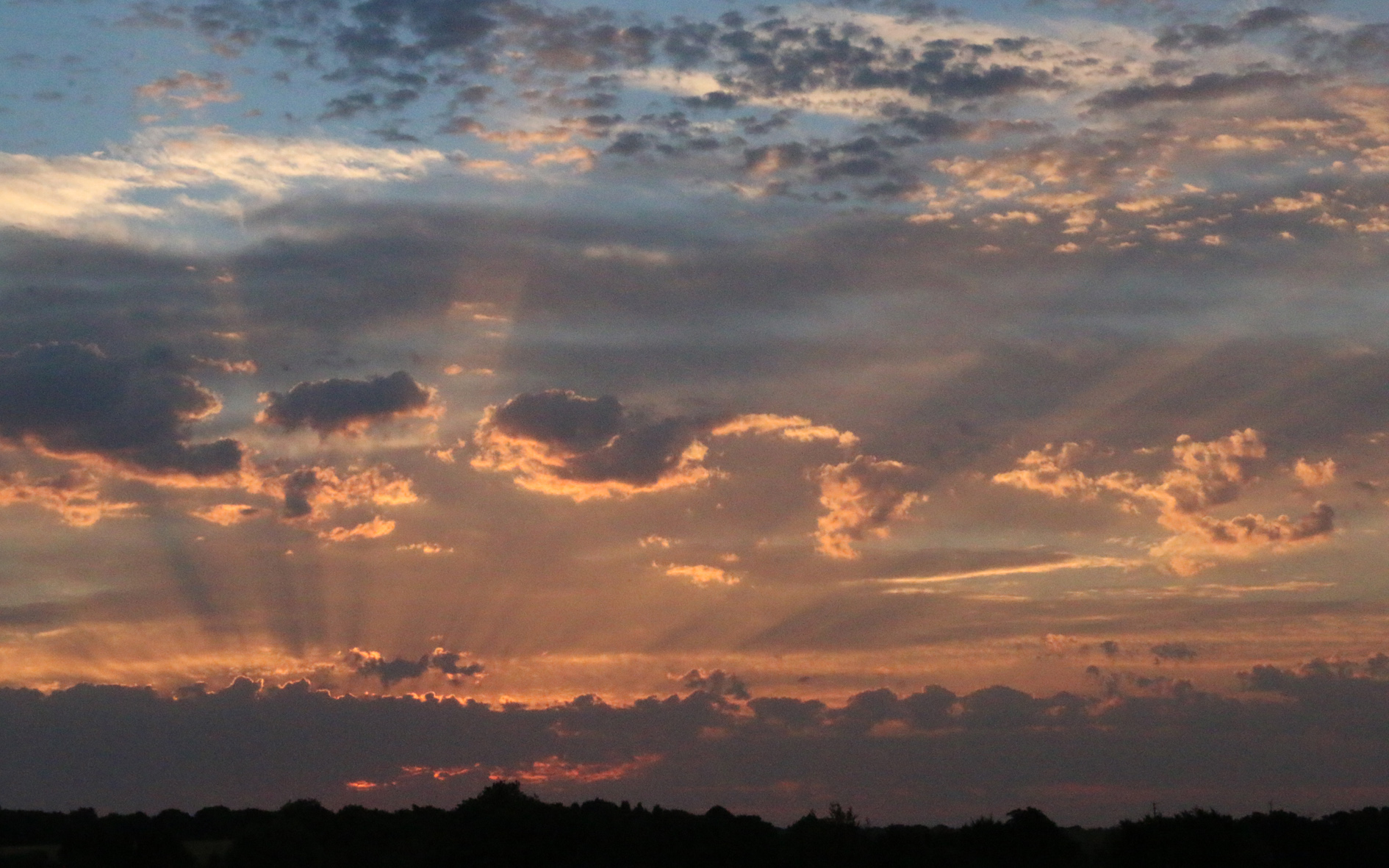Before we had central heating and well insulated homes, windowpanes had wonderful and intricate ice patterns, following a hard air frost, that could be enjoyed when we pulled back the curtains in the morning. I remember them well and the image is an example that I took on 4th January 2009 when we had experienced nine consecutive nights with an air frost including when the thermometer plummeted to -13.3C on the 9th January.

With the subject of climate change frequently being discussed it is interesting to look at one aspect that affects us as autumn advances into winter.
Air frosts can mean attractive landscapes and frozen car windscreens when they occur. The severity of them tends to deepen as the winter moves into January and February.
Extracting and analysing data since my records began in 1984 reveals a changing pattern. I will take the period from 1985 for this article and use the data when the air temperature dropped to or below -0.1C.
There is a distinct trend over the period for the occurrence of air frosts to occur later and later into autumn. Using 1st September as a datum and averaging the days since that date when an air frost first occurs in five-year groups, I find the following distinct trend.
We all realise that the mild weather experienced in autumn tends to last longer and delay the more severe weather of winter. Looking at the overall trend, these figures show the quite dramatic shift in the advent of an air frost each year, whilst recognizing that there are considerable variations from year to year.
September has been frost-free since 2004 whilst it occurred three times in 2003 with five in 1986.
During October an air frost always occurred up to 1999 when there were five days with the coldest recorded at -1.7C. The last four consecutive years up to 2016 have been without an air frost in October.
November is quite a different month in that the 33-year trend is flat for the number of air frosts. However, there are wide variations. We experienced an air frost on 15 days in 2005 contrasting with 9, 8, 4 and 3 over the 2012 to 2015 period but November 2016 reversed the recent trend with 13 air frosts.
December provides quite a contrast in that the trend for the occurrence of an air frost has increased over the years from around 8 a month to 12 a month. There were 25 days with an air frost in 2005 and surprisingly none during the mild December of 2105. Also noteworthy is that the severity of air frosts this month has increased by almost 4C from the late 1980s to recent years.
The coldest night occurred on 20th December 1999 with a minimum temperature of -14.1C with the slightly lower figure of -13.8C on 11th February 2012.
The data above is extracted from my records for my Marlborough station. The Meteorological Office, when quoting data for the country, uses an average base on the Central England Temperature (CET). These daily and monthly temperatures are representative of a roughly triangular area of the United Kingdom enclosed by Lancashire, London and Bristol. The monthly series, which begins in 1659, is the longest available instrumental record of temperature in the world. The daily series begins in 1772. The Climate Data Monitoring section of the Hadley Centre, Meteorological Office, now keeps both series up to date. Since 1974 the data has been adjusted to allow for urban warming.
The Central England Temperature record is an invaluable data set for measuring long-term changes in the climate. Between 1861 and 1890, the average growing season by this measure was 244 days, and measuring the same period a century later, the average growing season had extended by just over a week. For the most recent ten years between 2006 and 2015, the average growing season has been 29 days longer at 280 days when compared with the period between 1961 and 1990. In addition to the longer growing season, the figures also reveal that six of the ten longest growing seasons in the CET record sequence have occurred in the last 30 years
The data in this article provides evidence that the climate in Marlborough has changed over the past thirty years or so but is this short-term change or evidence of a more permanent climate change?

